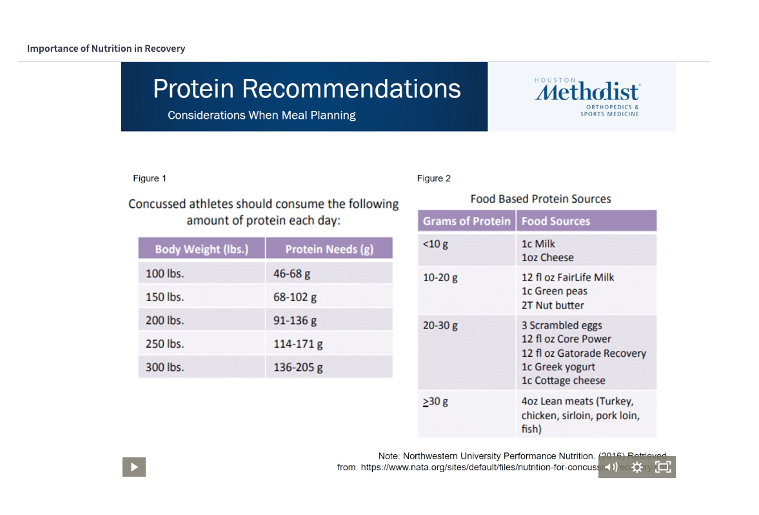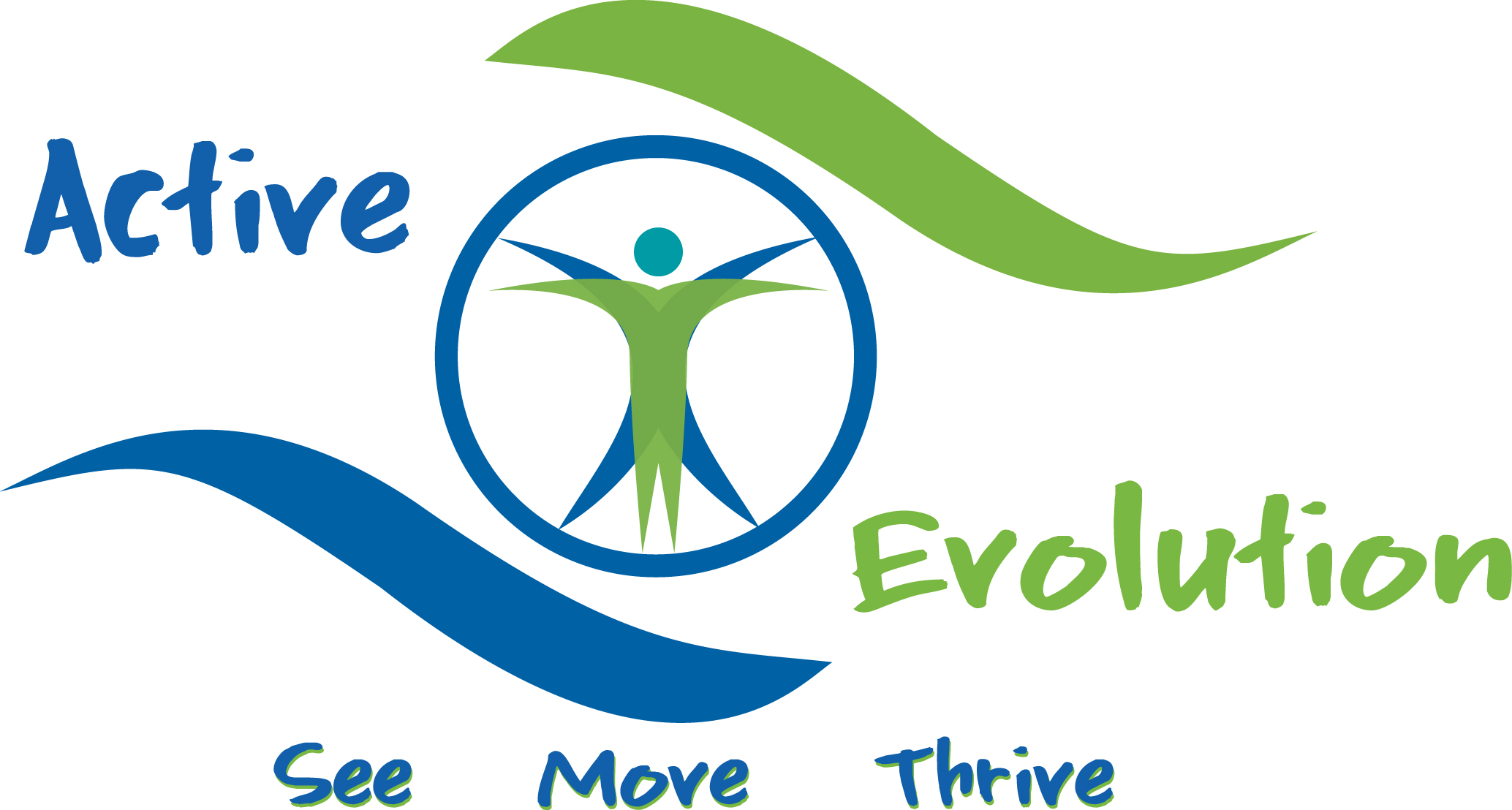Sleep: Chronotypes
Raise of hands for those that get the “norm” 8-10 hours of sleep. When does your body cue you to fall asleep and wake up? Try not to confuse this as when you think you should go to sleep and when your alarm wakes you up. If you could stay up until midnight and sleep until 8, would your lifestyle allow you to do so? What about sleeping for 7 hours at night and 1 hour during the afternoon?
A podcast that I found by Peter Attia, The Drive, episode 221 Understanding sleep and how to improve it, describes chronotypes: the time of day when you feel the most awake, when you are hungry, etc. People that report having insomnia may not truly be an insomniac…what if their chronotype simply does not match their current lifestyle? After a brain injury, as many of us manage on a day to day in our professional careers, someone may have been able to compensate their mismatched chronotype/lifestyle before an injury. Now, they are telling you all of their symptoms and that they are sleeping all the time. Well, think about it. Has their chronotype changed? Is it the same as pre-injury and they are unable to tolerate the mismatch now? We are excited to have an open discussion below on this topic, so make sure you put your comments in the box below!
Follow this link for a more in depth definition of chronotypes: https://www.sleepfoundation.org/how-sleep-works/chronotypes
Sleep: Chronotypes Read More »



